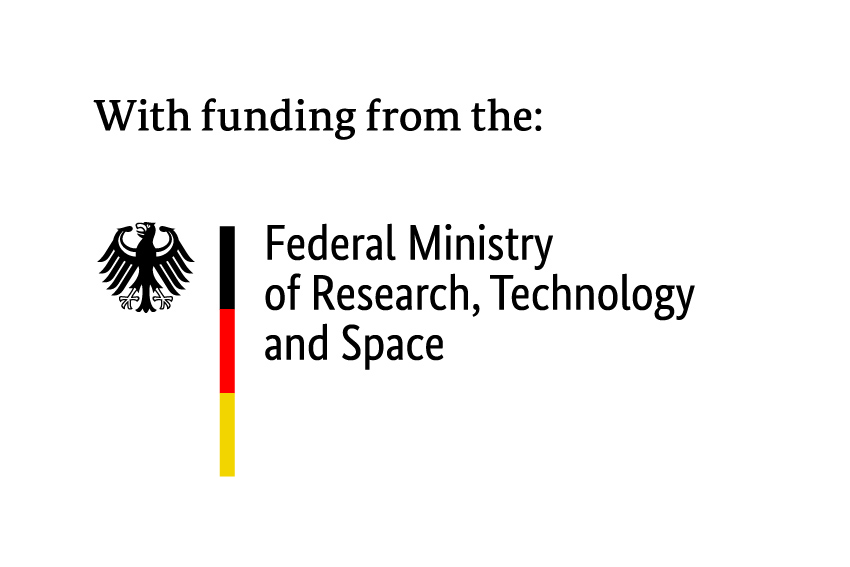The EU is in the midst of a debate on new climate targets for 2040 and how the competitiveness of industry can be linked to decarbonization. In a new background paper, Ariadne researchers analyze the historically evolved energy and climate architecture of the EU. They conclude that in order for the European Union to achieve its ambitious goals, it must make its climate policy more efficient, send stable price signals to businesses, and ensure long-term financing for the energy transition.
The current Ariadne-Background highlights elements that will shape EU climate policy after 2030. This raises a number of questions: What additional measures are needed to allow the CO2 price to take full effect? What overlaps between instruments, for example between the EU Effort Sharing Regulation (ESR) and the future second EU Emissions Trading System (ETS 2), need to be eliminated to make the policy mix efficient? How long do two separate emissions trading systems make sense? What role does hydrogen play in the EU energy market system? And how can the energy transition be financed?
Researchers from Germany, Brussels, and Switzerland recommend eliminating overlaps and gaps within EU climate policy in order to remove market uncertainties. For example, the ESR and ETS 2 systems both cover the same emissions. In addition, they both allow cross-border trading of allowances, although this has hardly been used in the ESR to date. If this trading were made more flexible, the ETS 2 could achieve significant efficiency gains of up to 22 percent of the total costs in the emissions reduction system. This would reduce price pressure in the ETS 2 and benefit both public budgets and companies.
The Ariadne paper emphasizes that stable price signals in the long term are essential for companies to plan ahead. That is why the market ramp-up of green hydrogen also needs a coherent EU strategy to avoid distortions of competition. With regard to the spatial dimension of EU policy, the paper recommends a holistic land-use planning to push ahead with energy projects more quickly. Last but not least, the differences between existing investment costs and future declines in revenue from energy taxation and necessary expenditure on social compensation measures must be closed in order to ensure the transition to climate neutrality.
Ariadne-Background
Michael Pahle, Ulrich Fahl, Benjamin Görlach, Ronja Busch, Simon Feindt, Nikolas
Messerschmidt, Jana Nysten, Sebastian Osorio, Darius Sultani et al. (2025): Staying the
course in turbulent times: Insights on the current state and ways forward for the EU’s
climate, energy and finance policy architecture. Kopernikus-Projekt Ariadne, Potsdam.
DOI: 10.48485/pik.2025.008


